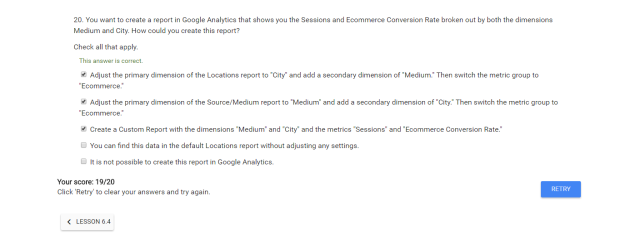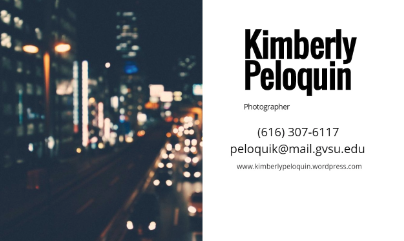At the beginning of the semester I did not know anything about public relations. I had a few guesses of what I thought it was, but was never really sure. If you look back to my Pre-Public Relations Reflection blog post I wrote at the beginning of the semester, you will see how many questions I had. Now that the semester is over and I have almost finished this class (Fundamentals of Public Relations), many of those questions were answered and I have a much better idea of what public relations is.
In my pre-reflection blog post, I talked about how public relations involves a lot of communication and that many companies have public relation departments. Now I know that this is really true. After hearing my professor and her husband speak about their current jobs in the public relation’s field, I can really see how big of a role communication plays in public relations. Communication is essential to the success of the business. It is important to know how to and when to communicate with the public.
For example, in my Johnson & Johnson Tylenol Crisis blog post that I wrote for this class this semester, I talked about handling a crisis. I learned from this particular crisis that it is important to communicate issues to the public right away. It is better to address the crisis, rather than try to hide it from the public. In the end, hiding it will only make your company look bad.
Also in my pre-reflection blog post, I talked about how a big part of public relations is making sure a company was represented well. The Johnson & Johnson case study also reinforced this idea. In this case study, it was the public relation team’s job to make sure that Johnson & Johnson came out of the terrible situation okay. By communicating with the public efficiently and in a timely manner, Johnson & Johnson’s public relation team handled the situation correctly and they were okay after the crisis ended.
In my pre-reflection blog, I also talked about integrated communication plans. I learned this semester that they are normally called campaigns. I learned that campaigns serve to solve a problem or issue or to meet a client’s goal. I learned that campaigns take a lot of writing, thinking, and planning. They are a lot of work. Campaigns are comprised of secondary research, primary research, objectives, strategies, tactics, a budget, a timeline, and an evaluation. It takes a lot of time to complete all of these sections.
This semester we worked on a campaign for a real client. We started the campaign at the beginning of the semester and are turning them in today. I really enjoyed this assignment because it allowed me to see what a public relation campaign really is, how they are created, and what it takes to create one.
I also talked about the things I wanted to learn this semester in my pre-reflection blog post. I talked about wanting to learn about what public relations entails. I was interested in learning about the main jobs and responsibilities of people working in public relations. I wanted to know if these jobs and responsibilities differed from company to company or if they were generally the same. I learned that there are many jobs and responsibilities of people working in public relations. There are social media, design, communication, and many other jobs. However, I learned that in most public relation firms or departments, the employees are expected to be able to do more than one job. They are expected to create campaigns, blog, as well as monitor social media. I learned that it will be easier for me to find a career if I am able and willing to do multiple jobs.
I was also interesting in learning how public relation jobs differ from advertising jobs. I learned that they are pretty different, yet do share some similarities. In public relations, most of the work involves writing or communication. In advertising, most of the work involves designing. However, some of the work in public relations does involve designing. For example, in my public relation’s campaign I created this semester, I designed a t-shirt and a flyer. Additionally, there is some writing and communication involved in advertising. A lot of times when creating an advertisement, body copy is included on it. Also, when creating advertisements for clients, there is a lot of communication involved between the client and the firm.
Though I know a lot more about public relations, I do have an emphasis in advertising, and must say that I still prefer advertising over public relations. I think that public relations is very interesting, however, I really enjoy designing. I love being creative and trying new things. However, I learned a lot of new public relation skills this semester that can help me in the future. The biggest skill I learned was how to create a public relation campaign. Campaigns are a huge part of public relations, so knowing how to create one will hopefully help me to obtain a career in the future, whether it be in the public relations or advertising field.
Now that the semester is over, I know what public relations is. Public relations is maintaining the image of a client, as well as a helping them meet their goals for their company. In my first blog post, the pre-reflection post, my definition of public relations was pretty similar. Though I was not confident about my answers, what I learned this semester verified that I was on the right track with my pre-reflection public relation definition.





